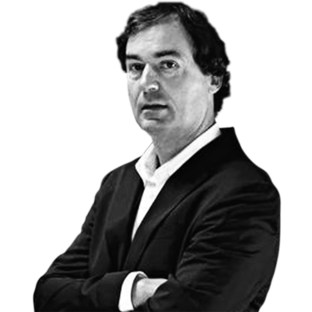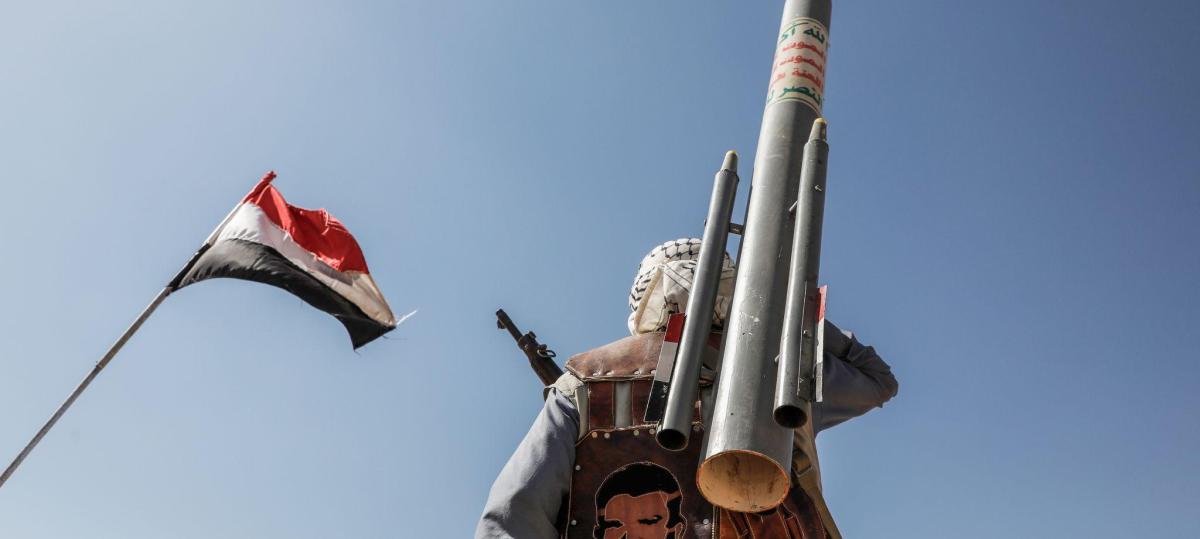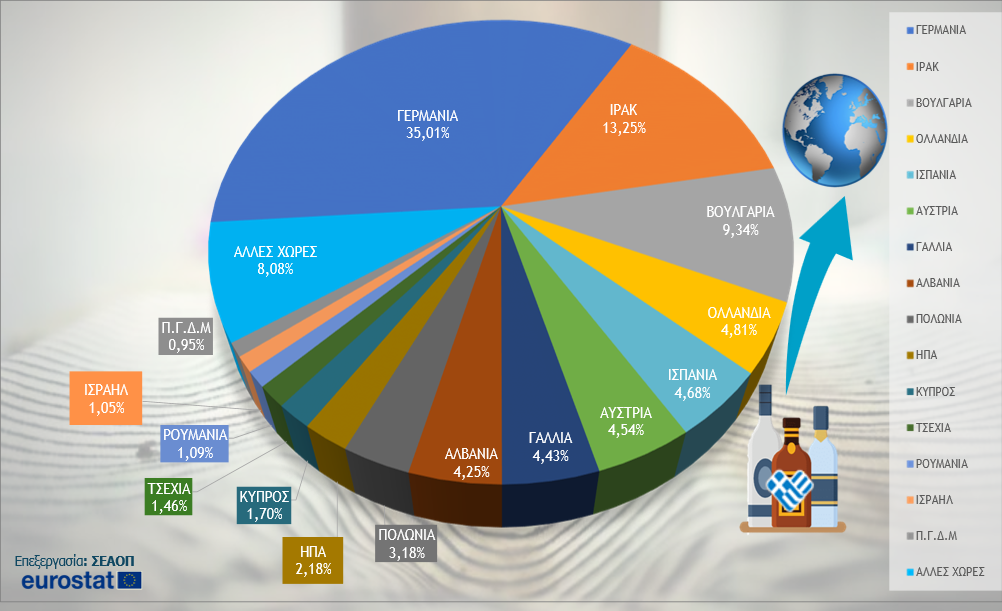The formula for electing a Pope

When Pope Francis died, the Vatican’s’ government ‘automatically died, although’ dications continue to function, but only for minor things, directed by the secretaries of the same dicker. For high -rango things, they should wait for the election of New Pope, ”as explained by the document ‘Vacant and Papal Election’, from the Lisbon Patriarchate Communication Department. Made to help journalists realize what is at stake at this time, the document explains Tim Tim by Tim Tim, which will be passed by the 7th, and all cardinals under 80 at the date of Francisco’s death will have to participate in the conclave, unless health issues stop them. In principle, 133 will vote for two who are sick. Let’s look at the first basic rules, with silence and isolation to the head: «There is a special care with the place where the papal election takes place. The cardinals are housed in the Domus Sanctae Marthae and the election operations take place in the Sistine Chapel. All spaces used should be carefully closed to unauthorized persons, all due diligence should be taken so that there is no electronic image or sound equipment or any other form of information to the cardinals, as well as everything will be done so that no cardinal is approached by people’s election in the travel of Santa Marta to Sistine. Cardinals are also prohibited from all forms of communication with the outside.
The election of the new Pope
“Providing the appointment of a new Pope is a delicate and very important mission that the College of Cardinals receives. Therefore, the norms about what should be observed are very clear. It is curious that in existing norms there is a look – which is theological and spiritual – that stands out several times: the cardinals must have only God in view of deciding. This feature offers the spiritual burden that involves this moment, far beyond merely political or strategic decisions. For the least familiar with religion, we learned that it was Pope Alexander III in 1179, who established “that only the Cardinian college can elect the Pope and that it takes 2/3 of the votes for the election to happen. This data allows you to observe how old are the traditions for the Pope’s election.
In this authentic Bible, we learn that on the 7th, “the cardinals celebrate in the Basilica of St. Peter the Mass to eligendo Papa, to the election of the Pope, as a particular supplication of God’s help for the election operations of a new Pope. This mass happens in the morning. In the afternoon, the cardinals gather in the Pauline chapel, the apostolic palace, in coral robes, from where they depart in solemn procession and singing the ancient Veni Creator anthem, a particular supplication for the assistance of the Holy Spirit, to the Sistine Chapel. It will be in this one that will proceed to all the steps to the Pope’s election.
Then, the sistine chapel arrived the oath. Each cardinal provides « adherence to this oath, with a simple form, which says one by one of the book of the Gospels in the center of the Sistine Chapel. » It follows the master of ceremonies that tells the ‘Formula’ Extra omnes’ and all strangers to the conclave should leave the Sistine Chapel. Only the master of ceremonies and the priest who was in charge of directing the first meditation will remain in Sistine will be in the Sistine. This should be dealt with: ‘The very serious task that is up to them, and even about the need to act with due attention for the good of the Universal Church, Solum deum Prae Occupis Habentes, an expression that gains a special relief taking into account the representation of Miguel Ângelo’s final judgment’.
Out of the scene who is not the scene
Already alone, the cardinals pray some prayers, which end with the prayer to Our Lady Sub Tuum Praesidium. At this point, the Decano Cardinal, or who does their times, asks the cardinals if the election operations can be started or if something is still necessary to clarify something. “All clarified, the election is held, which is always done by scrutiny, with election when someone has 2/3 of the votes based on all the voters present. There are 4 votes a day except on the first day (afternoon), which is made. The process of scrutiny is carried out in three phases: Pre-Cruty: 1) Preparation and distribution of chips by ceremonary (however called into the place of election, together with the secretary of the Cardinian College and the master of ceremonies, they will leave shortly after the distribution of the chips), delivering two or three to each cardinal; 2) the luck to three scrutinators; three in charge of collecting the votes of the sick cardinals; three reviewers.
b. Scrutiny: 1) deposition of voting forms in the ballot box; 2) mixture and count of them; 3) Votes calculation. Post-school: 1) counting of the votes; 2) Control (Reviewers Function); 3) burning of the chips ».
The ritual does not change election to election. It is always the same. «These procedures are repeated for three days. If there is no election, the work is suspended for one day, at most, for a pause of prayer, free colloquium between voters and a brief exhortation, made by the first of the deacons cardinals. Then resume the votes and, if after seven scrutiny, do not reach the majority of two thirds, another pause for prayer and the first of the celiers elders makes an exhortation. If after seven scrutiny there is no consensus, another exhortation will be made by the first of the cardinals bishops. Seven more votes are followed. If, even so, no consensus is achieved, another day of prayer, meditation and colloquium is made, the two names most voted in the previous scrutiny will be voted, and most two thirds are always necessary.
«Once the canonical election, the last of the deacons cardinals calls into the place of the election the secretary of the Cardinal College and the master of Pontifical Liturgical Celebrations. Then the Cardinal Decano, or the first of the cardinals according to the order and the years of Cardinalato, on behalf of the entire college, asks the consensus of the elected with the following words: « Accepted your canonical election for the High Pontiff? ». And once the consensus received, he asks him, « How do you want to be called? » Then the Master of Pontifical Liturgical Celebrations, in the role of notary, and having as witnesses two ceremonial, writes a document with the acceptance of the new pontiff and the name he assumed.
«Formalities are met, the Cardinal Voters approach one by one to pay tribute and pay obedience to the Supreme Pontiff Neo-Elected. There is also a moment of prayer of thanksgiving to God. The Conclave ends as soon as the new Pontiff elected has given consensus to his election. Then the Cardinal Proto Deacon announces to the people the election of the new Pope. This is presented on the main balcony of St. Peter’s Basilica of which, as has been usual, directs some words and gives the blessing Urbi et orbi.
And this is how the future Pope will become known. The latest ‘polls’ give the Marseille cardinal ahead, even being a conciliator and bridge between the US and Germany, and is well regarded by African’ radicals. It also has the advantage of in France if it is watching a remarkable growth the Catholic faith. In the last Easter more than 10,000 adults wanted to be baptized. But it is already known that whoever enters Papa in the conclave is cardinal…







